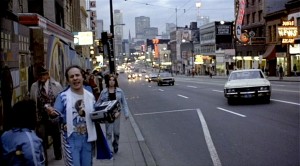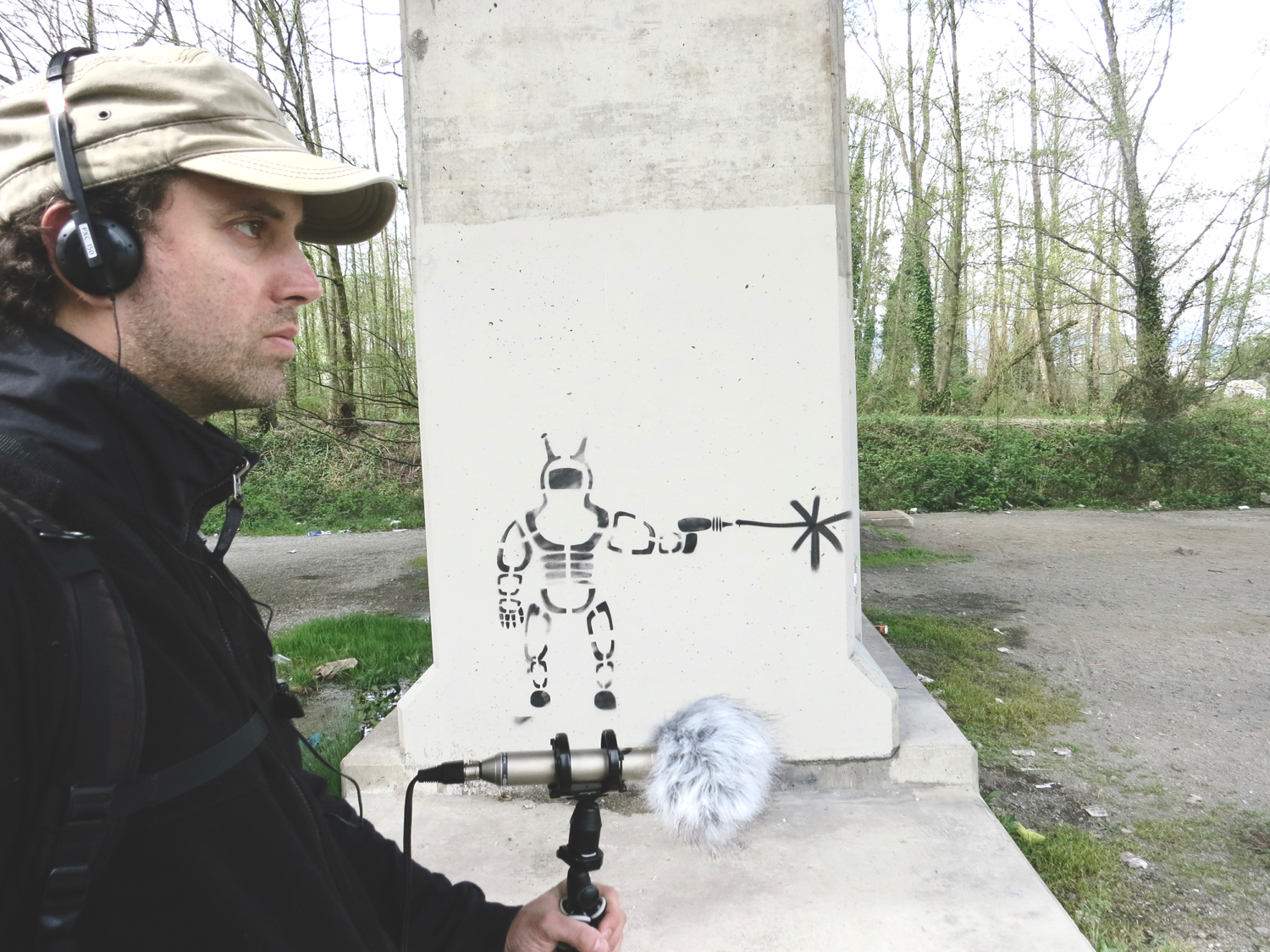Research
My work is premised upon a key question within the discourse of ecomedia studies: what can ecological perspectives teach us about the roles of sound/image media in facilitating human engagement with place? I take an intermedial approach that situates acoustic ecology within the discursive frameworks of media sound theory and critical geography to generate what I call “unsettled listening”: a method for attuning researchers, practitioners, and students to the role of sound in the enmeshing of media and place with an ear towards the politics of contested land use. Acoustic ecology is the most obvious pathway into thinking through the role that sound can play within environmental studies of media. While references to acoustic ecology are ubiquitous in today’s sound studies environment, they are often couched in negative terms to illustrate the problems of Eurocentric bias and technological naiveté within early incarnations of the field. My monograph intervenes at this juncture, not to attempt a salvage operation for early acoustic ecology, but to demonstrate how these very problems can be made productive for film sound studies. I analyze sonic style in a set of films that mobilize inherent tensions in conceptualizing sound environments within acoustic ecology, and reveal environmental themes that are otherwise obscured. In turn, I demonstrate how these films can help re-conceptualize acoustic ecology for the current climate of sound studies that demands intersectional approaches to engage with the varied positions from which people listen to and through media. Ultimately, I aim to provide ecomedia studies with better ways to account for the value of sound in assessing how visual media intersect with our increasingly urgent global environmental challenges.
In 2012 Organised Sound published an early treatment of my concept of reflective audioviewing and the intersection of film sound and acoustic ecology, and I expanded on the idea of “space replacement” in my contribution to The Oxford Handbook of Sound and Image in Western Art. My work on Vancouver cinema, in which I develop the tools of “unsettled listening” and “acoustic profiling,” has been published in Cinephemera: Archives, Ephemeral Cinema, and New Screen Histories in Canada, The Routledge Companion to Screen Music and Sound, Cinephile (10.1), Critical Distance in Documentary Media, and on the Sounding Out! blog. I am co-editing Sound, Media, Ecology with Milena Droumeva at Simon Fraser University, a collection of essays accounting for new directions in acoustic ecology research across disciplines, to be published by Palgrave in September 2019.
From my base in Montreal I am continuing my work on the World Soundscape Project to develop the “Mapping Audiovisual Vancouver” project, exploring the potential for digital cartography to assist research into the longitudinal relationships across media content in the collections of several of the city’s archives. The first stage of this project was to plot the recording locations of the WSP archive into Google Maps and interlink the relevant pages in the WSP database, a process that has raised questions about digital archiving that I’m now exploring as member of the WFAE Committee for Best Practices on Metadata for Sound Archives. This work has also fueled a multimedia project, entitled Bell Tower of False Creek, which explores reflective audioviewing as a creative practice that can engage the complex dynamics of contested spaces in the area surrounding Vancouver’s Burrard Bridge. The initial component, a “soundwalk composition”, was presented at the Lisbon Triennale last year. I wrote about the project in Soundscape: The Journal of Acoustic Ecology (14.1). The film component is currently on the festival circuit with recent screenings in Paris, Sussex, Toronto, Seattle, and Victoria.
I am now collaborating with the Impostor Cities project to design a soundscape installation for the Canadian Pavilion at the 2020 Venice Architecture Biennale.

